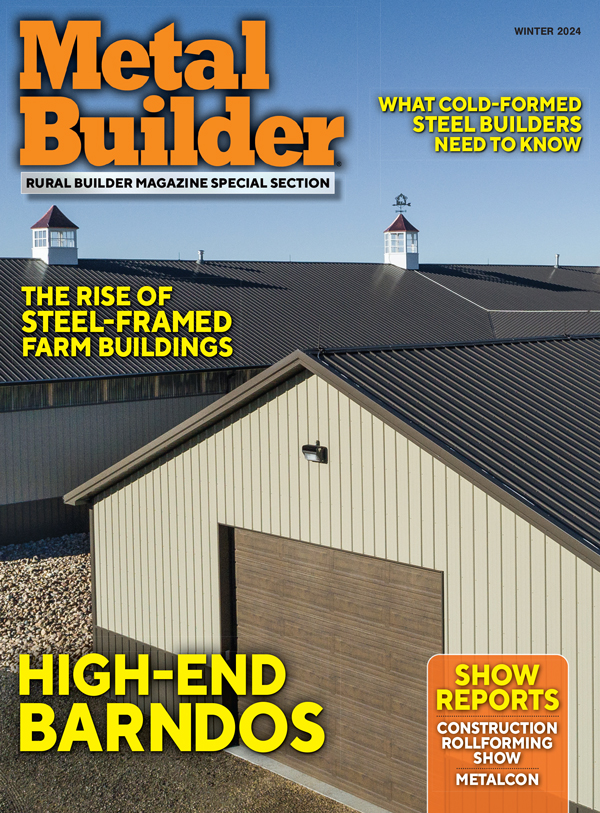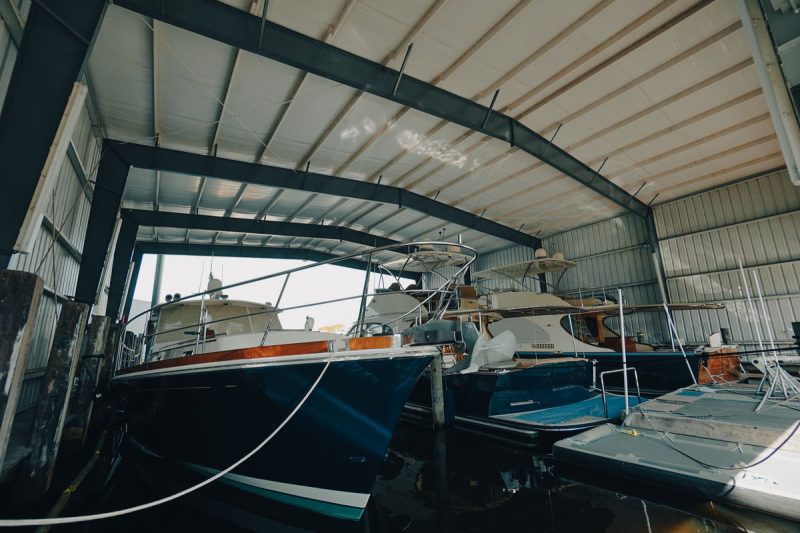Vendors are great sources of information; they can inform you on everything from what materials to use for your project to how to install them. It’s great having such knowledgable partners supporting you, but it’s nice to have the self-efficacy to complete the job even if the vendor is unavailable. Anyone who uses fasteners to attach metal to metal should understand the key factors that influence fastener selection.
Is it the Right Fastener?
First is the matter of compatibility; the fastener must be compatible with both materials it is joining to avoid galvanic corrosion. Stainless steel fasteners work well with stainless steel panels, while zinc-coated screws are better for general applications. For guidance on material compatibility, see the chart below.
Consider the load requirements of the project. The tensile and shear strength of the fastener must be able to handle the expected stresses. Choose heavy-duty fasteners for high-load areas, they tend to have thicker diameters or higher-grade materials.
Self-drilling screws are a good option for metal on metal fastening because they do not require pre-drilling, thereby saving time. Your screw point should be longer than the total thickness of the metal plus the insulation so that the point makes it through before the thread engages with the metal to prevent the head from snapping off the screw. Secure the screw with a high-quality bonded washer to avoid leaks.
Self-drilling metal screws are rated on a scale from T1 to T5 which relates to drilling capacity. Choose a T1 screw, commonly called a stitch screw, for light gauge metal attachment (.024” to .095” total steel thickness in a #14 diameter). T3 fasteners (.036” to .250” total thickness in #14 diameter) are often used as sheet to purlin or girt fasteners. T5 fasteners (.250 to .625” total steel thickness in #14 diameter) are for heavy gauge steel.

Environmental considerations also play their part in choosing fasteners. If the building will reside in a high-moisture climate, you should consider fasteners with coatings specifically designed to withstand rust and corrosion.
Think about the warranty. Many quality panels today have long warranties, and you will want to choose a fastener that can hold up as long as the panel does.
Is It the right tool?
After you have selected your fasteners, it is important that you choose a good tool to install them. Not only will it make the job easier, but many potential problems can be avoided, simply by choosing the appropriate tool for the job.
When choosing a tool, match the tool specifications with fastener type and material and application. A variable screw gun is a popular and well-recommended tool for metal-to-metal fastening. Adjust the RPM of the screw gun according to the thickness of the metal.For example, keep the RPM at 2,500 for panels less than 1/4” thick and 1,000 RPM for self-tapping stainless steel fasteners.
To avoid overtightening, a tool that has torque-control or sets a fastener based on depth can help. When fastening, stop occasionally and hand check the drilled screws to ensure they are not stripped or broken. Adjust the tool accordingly.
Depth setting or adjustable torque setting also helps set the sealing washer to the proper depth without over driving.
Impact drivers are not advised for self-drilling metal-to-metal screws as it is easy to use too much force with these tools, particularly for self-drilling screws.
Commonly Made Mistakes
• Applying too much force during installation.
Be aware of the amount of pressure you are applying to the fastener. Different screws can withstand differing amounts of force and it depends on the length of the screw, the angle and the metal composition. Too much pressure can strip threads, overtighten, break screw heads, or damage metal panels,
• Overtightening. Overtightening a screw can damage the thread, lessening its efficacy.This is an easy mistake to make, but as mentioned above, using the right tool can help prevent it.
• Fastener Misalignment. Improper alignment can lead to uneven surfaces, leaks, and it can even compromise structural integrity. Templates or guides can help keep fasteners aligned.
• Forgetting about thermal expansion and contraction. When adding up the thickness needed, nuts, washers and drill points, remember to account for thermal expansion. You don’t want the screw to protrude too far and come into contact with another member.
• Not choosing adequate corrosion protection. For exterior conditions, long-life coatings and finishes are needed; very harsh conditions may require 304 stainless steel.
• Choosing the wrong tool for installation.
• Pre-drilling the metal panel when fastening to metal framing or purlins. The problem with this procedure is that one little mistake can lead to the holes not aligning with the metal framing, and you may have to replace the panel.
• Using worn-out drive bits and sockets can strip the fastener head and damage painted fasteners. Use quality drive bits and sockets, replacing them as they wear out.
Metal-On-Metal Drilling Tips
Just a couple more “points” on fastening metal to metal:
• If you are right on the outer edges of the drilling maximum for the fastener, bump up to the next drill point size.
• Let the drill point do the job. Firm, steady pressure is needed, but if you try to hurry the job along by using greater force, it can lead to problems and frustration. Adopt a “craftsman mentality” for a high- quality finished appearance.
• For self-drilling screws: Install the fastener perpendicular to the work surface, let the drill point do the work, allow all material to be drilled before tapping, do not exert excessive pressure or over-drive the screw. Never use an impact tool.
Finally, the experts all agree that while knowing these basics is great for the builder, the best resource for information about the fasteners and tools are the vendors. Fastener manufacturers have technical resources and Fastener Engineering Guides. MB
Thank You to the Experts Who Contributed to this Article:
• Don Benson, East Coast Fasteners & Closures, www.eastcoastfasteners.com
• Josh Krohn, Triangle Fastener Corporation, www.trianglefastener.com
• Jerod Webber, Dynamic Fastener, www.dynamicfastener.com
• David Quehl, Direct Metals Inc., www.directmetalsinc.com
• Christian Rios, Levi’s Building Components, www.levisbuildingcomponents.com













